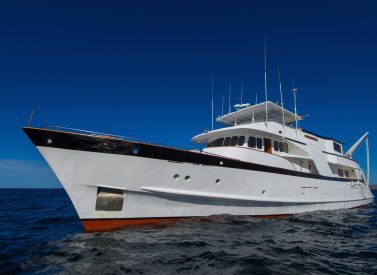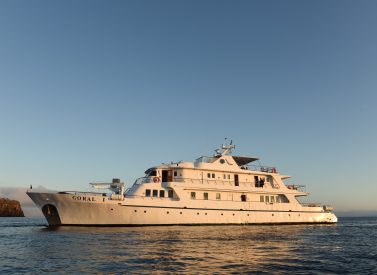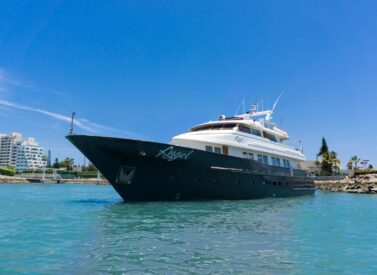
Treasure of Galapagos Catamaran
Enjoy a luxury cruise in the Galapagos on the Treasure of Galapagos catamaran.
Sail quickly from attraction to attraction by day, then relax at night in spacious cabins, each with private balconies.
Add in thoughtful splashes of comfort like an outdoor Jacuzzi, ample shaded and sun deck areas and the Treasure stands out as a Galapagos cruise choice.
This yacht has specialised in offer flexible itineraries that can be knitted together to fit any traveller’s wish list.
Enjoy a luxury cruise in the Galapagos Islands aboard the beautiful Treasure of Galapagos catamaran.
Sail quickly from attraction to attraction by day, then relax at night in spacious cabins, each with private balconies.
Add in thoughtful splashes of comfort like an outdoor Jacuzzi, ample shaded and sun deck areas and the Treasure stands out as a Galapagos cruise choice.
This yacht has specialised in offer flexible itineraries that can be knitted together to fit any traveller’s wish list.
More on Treasure of Galapagos catamaran
There are more details and flourishes to augment your once-in-a-lifetime visit.
Your sea trips in zodiacs (pangas) to see wildlife are made more intimate because the boats uses smaller, 8-person zodiacs, unlike larger 16-capacity used by some.
Your chef produces plentiful variety of dishes to make sure you head off on each day’s adventure feeling refreshed and strong.
For people looking for a top range cruise with great guides, crew and attention to detail, the Treasure of Galapagos ticks all the boxes.
Trip Highlights
Print Share Download as PDF-
Eight spacious cabins, all with private balconies from which to enjoy the Treasure of Galapagos views.
-
Smaller zodiacs (8 people max.) get you closer to wildlife than on other boats.
-
Varied itineraries give optimum choices for cruise length.
-
Fast and stable catamaran, reducing sail times, boat movement and seasickness.
-
Whirlpool baths from where you can enjoy sundown cocktails.
-
Varied food prepared lovingly by your chef.
-
Top quality guides bring the Galapagos to life.
-
Boat and crew subscribes to Green Practice to protect the islands.
Tom always got back to us really quickly, answered our questions clearly and gave us lost of really useful information and details. We were very impressed.
It gave us so much confidence in Andean Trails, unlike other replies we got from other agents, which were also much slower.
We decided to travel with you because of Tom’s efficiency and friendliness.
J Fairweather, UK, Legend, 2018
Full Itinerary
Itinerary A: Central and Eastern
Itinerary A (5 days) Fri-Tue
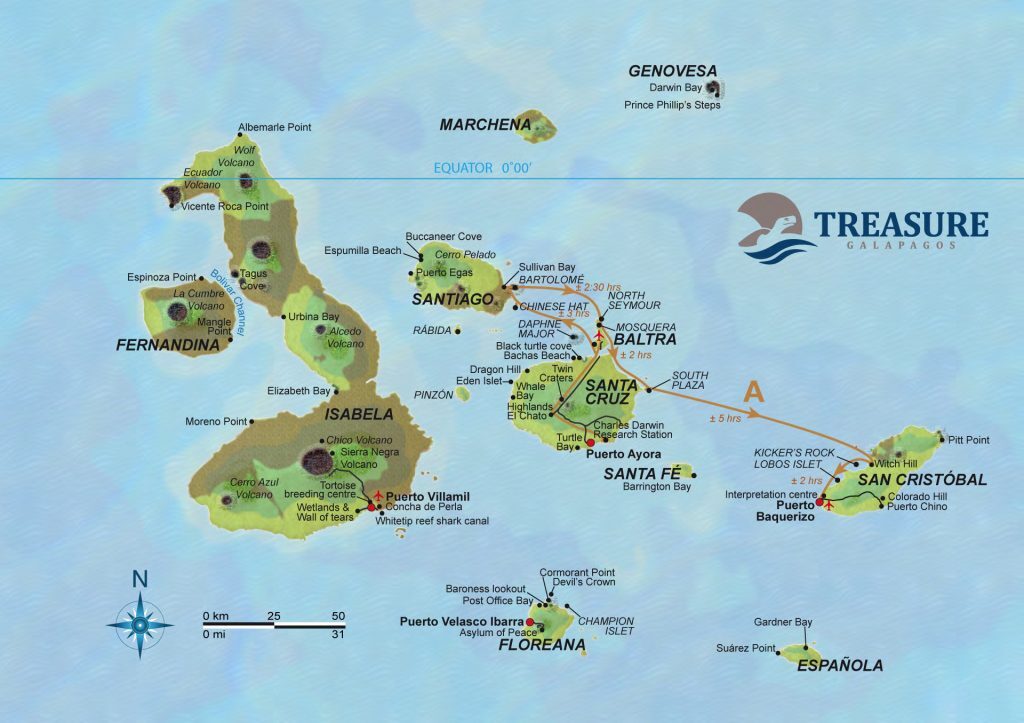
Day 1: Arrive Baltra, transfer to yacht via Charles Darwin Research Centre (L,D)
Upon arrival at Baltra Airport, you pass through an airport inspection point to ensure that no foreign plants or animals are introduced to the Galapagos Islands, as well as to pay the park entrance fee (unless pre-paid).
A guide from the boat meets you, helps you collect your luggage, and escorts you on a short bus ride, ferry crossing then a bus to the harbour in Santa Cruz.
PM – Charles Darwin Station (Santa Cruz)
Although the great majority of Galapagos visitors come here to observe and appreciate its natural wonders, it is also interesting to learn how the protection and conservation of the islands are carried out. The main attractions are the National Park information centre, the Van Staelen Exhibition Hall, the Breeding and Rearing Center for young tortoises, and adult Galapagos tortoises in captivity.
Your guide takes you around Charles Darwin, explaining and preparing you for what you hope to see on your tour of the Galapagos.
Day 2: Santiago: AM – Sullivan Bay. PM – Bartolome (B,L,D)
Santiago, also called James Island, is located in the western-central part of the Galapagos archipelago. It is the fourth largest island in the archipelago (following Isabela, Fernandina and Santa Cruz).
Along with some of the large western volcanoes of Isabela and Fernandina, Santiago is also volcanically active, with many young flows and cones to be seen, particularly along the southern, western, and eastern coasts. These can even be seen from the summit of Darwin Volcano and from space. A number of large eruptions have been reported over the last 2 centuries. Santiago actually consists of two coalesced volcanoes: a typical shield volcano on the northwest end and a low, linear fissure volcano on the southeast end.
Bartolomé
Bartolomé Island is situated across Sullivan Bay. It has an altitude of 114m/374ft. From the summit, one can observe one of the most beautiful sceneries of the Galapagos Islands – volcanic cones, lunar-like craters, lava fields, and the famous pinnacle eroded by the sea.
There is very little vegetation on this island, but it has two breathtaking beaches where marine turtles exist and at the base of the pinnacle, as well as a very small colony of Galapagos penguins.
Day 3: AM – North Seymour. PM – Mosquera (B,L,D)
Seymour is an uplifted (as opposed to volcanic) island and therefore is generally flat and strewn with boulders.
There are good nesting sites here for a large population of Magnificent Frigate birds.
Blue-footed Boobies also perform their courtship dance in the more open areas while Swallow-tailed Gulls perch on the cliff edges. Despite the tremendous surf that can pound the outer shore, sea lions haul out onto the beach and can be found bodysurfing.
Do watch your step as the Boobies don’t worry much about where they nest, and you might just step on one.
The trees are dotted with male frigate birds trying to attract the attention of the ladies by inflating their bright red skin flaps. They sometimes fly in the air to call more attention to themselves. There’s a circular path that takes you through the island to a beautiful, rocky shore where the waves crash a silvery-blue.
Mosquera
Mosquera Islet is located between Baltra and North Seymour. This is a small islet formed by a geological uplift, with a reef of rocks and coral and a great white sand beach, where lie a big population of sea lions. You can also observe several species of shorebirds.
This site offers great snorkeling and swimming. Along the rocks it is common to see the Red Lava crabs and Sally light-foot crabs.
Day 4: AM – South Plaza. PM – Cerro Brujo (B,L,D)
South Plaza is located to the east of Santa Cruz Island, and forms part of a pair of islands known as “Islas Plazas”.
Despite its small size, some of the most interesting and outstanding species of the Galapagos are found here. The Plazas land iguanas are smaller than its relatives found at other islands.
Throughout the island there are several hybrid iguanas, a result of crossing a marine iguana with a land iguana. They are unique and recognizable at first glance by their black/gray colour, with a land iguana’s crest, but face and tail of the marine iguana.
The big population of iguanas is due to the presence of “tunas”, their favorite food. Swallow-tailed Gulls nesting in the rugged cliffs are seen along with other sea bids as: Audubon shearwaters, Red-billed Tropicbirds, Frigate Birds and Brown Pelicans.
Cerro Brujo (San Cristobal)
The primary attraction of this site is the coral sand beach. It is an excellent place to swim and snorkel.
Cerro Brujo is the remains of a tuff cone and is one of the first sites visited by Charles Darwin. Captain Fitzroy climbed to the top of the hill to scout out reefs.
It has an impressive landscape, where it is often possible to see coastal and migratory birds, including pelicans, Blue-footed Boobies, and Swallow-tailed Gulls, as well as sea lions and marine iguanas. At times the lagoon is completely dry and deposits of salt may be found in the bottom. The people of Puerto Baquerizo Moreno used to use the lagoon as a salt mine.
Day 5: Interpretation Centre (San Cristobal), transfer to airport OR continue to itinerary B (B)
The Galapagos National Park Visitor Centre lies close to the port town of Puerto Baquerizo Moreno. The centre explains the volcanic origins of the islands, their remoteness from the continent, its ocean currents, its special climate, the arrival of different species, and their establishment, among others.
Transfer to San Cristobal airport for your flight back to Guayaquil or Quito, or carry on with Itinerary B.
Please note: Itinerary and activities are subject to change in case of force majeure caused by exceptional and natural circumstances.
Itinerary B: East, South And Central
Itinerary B (5 days) Tue-Sat
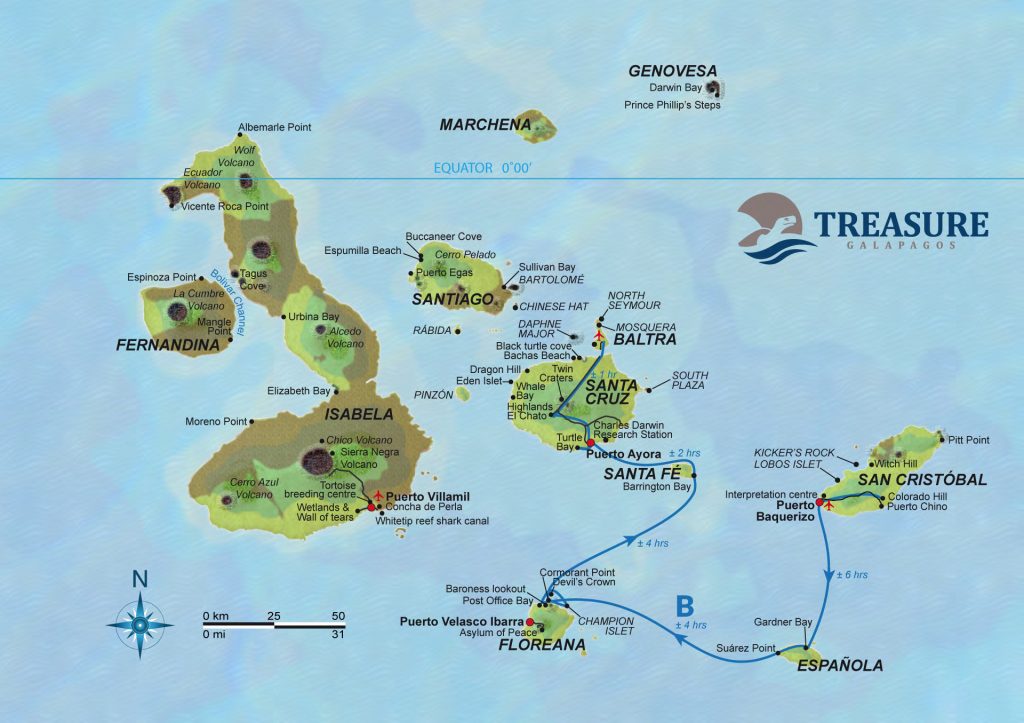
Day 1: Fly to San Cristobal, transfer to yacht. PM – Cerro Colorado (L,D)
Upon arrival at San Cristobal Airport, pass through an airport inspection point to insure that no foreign plants or animals are introduced to the Galapagos, as well as to pay the park entrance fee (unless it has been prepaid).
Your guide will meet you, help you collect your luggage, and escort you on a short bus ride to the harbour.
Cerro Colorado (San Cristobal)
We start the trip at the Cerro Colorado Tortoises Protection and Growing Centre, a 40-minute bus ride to the south east of the island. This centre was built to improve the status of the population of the island’s tortoises.
The centre includes a large corral, a Visitor Centre, Breeding Centre and an Interpretative Trail. Along this trail it’s possible to see different species of native and endemic plants as well as many birds, such as the San Cristobal Mockingbird, Yellow Warblers, and many species of finches and Galapagos flycatcher.
Day 2: Española: AM – Gardner Bay. PM – Punta Suarez (B,L,D)
Located on the north-eastern coast of Hood island, Gardner Bay provides an excellent beach for relaxing, swimming, snorkeling, kayaking, and the opportunity to observe sea lions.
Here we can also observe sharks in the crystal-clear ocean waters.
PM – Punta Suarez (Española)
This rocky land spot sustains one of the most impressive and varied colonies of sea birds in the Galapagos. Along its southern shore, high cliffs rise up from the sea, affording the visitor spectacular views of soaring birds.
There is also a blowhole where water spouts up to 15-30m/50-75ft into the air, depending on the intensity of the surf.
Day 3: Floreana: AM – Post Office Bay. PM – Punta Cormorant (B,L,D)
This site was the landing area for some of the first colonists. Historically, this site is the location of a wooden barrel that was placed in the 18th century by the crew of a whaling ship.
It has been used since this time by mariners and tourists as a post office. The idea is to carry letters or postcards to their destination by hand.
We continue to the north of the island and ascend to an elevated slope to enjoy a beautiful vista at the Baroness Lookout. It is said that Baroness Eloisa von Wagner loved this place and spent many hours watching the horizon. Within walking distance (30m) are the ruins of her house. From this lookout, the landscape covers the coastline from the Enderby islet to Post Office Bay, as well as Cerro Pajas, where there is pool with flamingos and a forest of Palo Santo.
PM – Punta Cormorant (Floreana)
This site offers probably the best Flamingo lagoon in the Galapagos; it is also one of the largest in the islands. It’s situated between two tuff lava cones that give the area a special atmosphere. There are various species of shorebirds to observe besides Flamingos; the most frequent are Common Stilts, White-checked Pintail Ducks and other migratory birds.
It is also very interesting to see the two distinct beaches: “The Green Beach” (due to its high percentage of olivine crystals in the sand) and the “Flour Sand Beach” which is made up of coral.
Day 4: AM – Santa Fe. PM – Tortuga Bay (Santa Cruz) (B,L,D)
Located in the southeastern part of the Galapagos, this island was formed from an uplift instead than a volcanic origin, which is why it is predominantly flat.
There are some theories which assure this could be the oldest island in the Archipelago.
Santa Fe is the home of a number of endemic species such as the Galapagos Hawk, Galapagos snake, Galapagos Mockingbird, rice rats and one of the two species of lands iguanas of the islands.
After disembarkation in the beautiful and clear waters you will no doubt get up close to one of the many sea lion colonies here.
Along a trail that we follow, many salt bushes can be seen as well giant Prickly pear cactus -gigantism is a characteristic of oceanic islands. This is a great place to snorle with playful sea lions and tropical fish.
PM – Tortuga Bay (Santa Cruz)
Tortuga Bay is a beautiful white sand beach, so named because it is a nesting site for the black turtle (Tortuga is turtle in Spanish).
The visibility in the water is excellent for snorkeling; be on the lookout of the Galapagos sea lions, marine iguanas or (seasonally) mating Pacific green turtles in the surf! This is a wonderful site for swimming.
Day 5: Santa Cruz Highlands (El Chato), transfer to Baltra airport, OR continue to itinerary C (B)
Santa Cruz also offers excellent opportunities for viewing wild tortoises, both roaming through pastures in the agricultural zone and in the Tortoise Reserve, which is accessible from Santa Rosa or Salasaca.
Several farms serve food and allow visitors to explore their grounds in search of tortoises. Descending through the agricultural zone into the Transition Zone where the Tortoise Reserve is located, the introduced vegetation of the farmlands is replaced by native vegetation.
The pond at El Chato is surrounded by forest where Short-eared Owls, Darwin’s Finches, Vermilion Flycatchers, Yellow Warblers, Galapagos Rails, and Paint-billed Crakes can be seen.
As the visitor walks into the forests overgrown with lichens, ferns, and other epiphytes, it is time to listen carefully for the sound of heavy footsteps and the sound of shrubs being slowly crushed as the tortoises make their way through the brush.
Transfer to Baltra Airport (GPS) for your flight back to Guayaquil or Quito, or continue on to itinerary C.
Please note: Itinerary and activities are subject to change in case of force majeure caused by exceptional and natural circumstances.
Treasure Itinerary C
Itinerary C: West and Central
Itinerary C (7 days) Sat-Fri
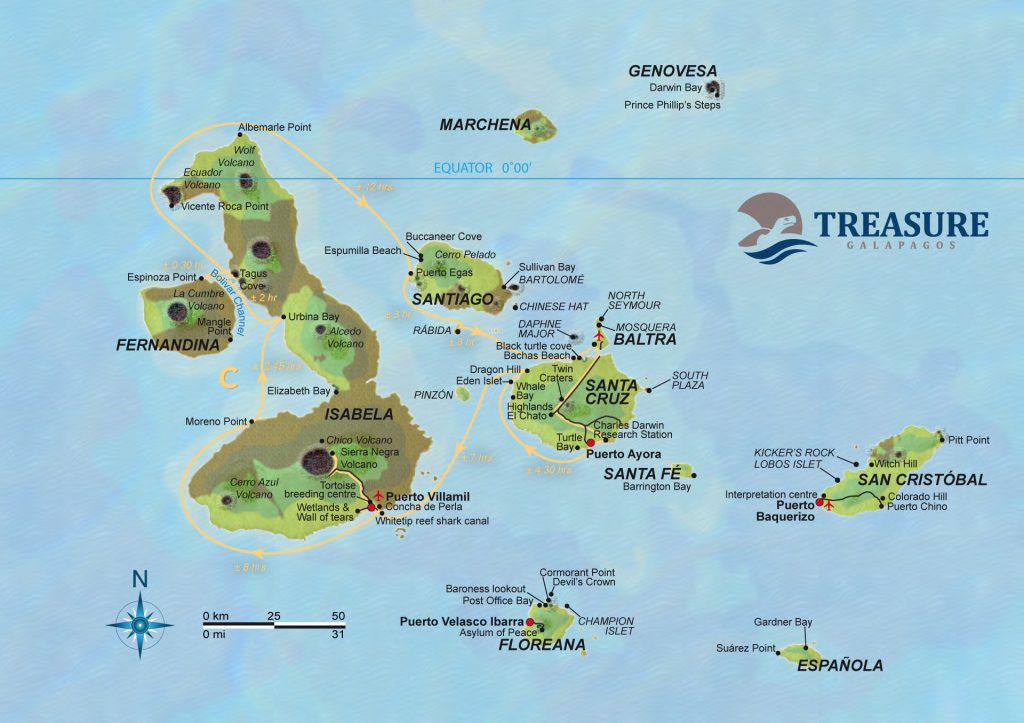
Day 1: Fly to Baltra, transfer to yacht. PM – Charles Darwin Research Centre (L,D)
Upon arrival at Baltra Airport, you pass through an airport inspection point to insure that no foreign plants or animals are introduced to the islands, as well as to pay the park entrance fee (unless it has been prepaid).
A guide will meet you, help you collect your luggage, and escort you on a short bus ride to the harbour.
Charles Darwin Station (Santa Cruz)
Although the great majority of Galapagos visitors come here to observe and appreciate natural wonders, it is also interesting to learn how the protection and conservation of the islands are carried out.
The main attractions are the National Park information center, the Van Staelen Exhibition Hall, the Breeding and Rearing Centre for young tortoises, and adult Galapagos tortoises in captivity.
Day 2: Santa Cruz: AM – Eden Islet. PM – Dragon Hill (B,L,D)
El Eden is a paradisiacal tuff cone islet, just off the west coast
of Santa Cruz (between Whale Bay and Dragon Hill).
There is an abundance of land, marine, and airborne wildlife here, from blue-footed boobies to Galapagos green turtles to rays.
After a dinghy tour, we jump into the water for our first snorkel of the trip so far.
Dragon Hill (Santa Cruz)
The visitor site at Dragon Hill has been open for visits since 1993. This site consists of a trail that leads to a hyper-saline lagoon behind the beach, frequented by Flamingos, Pintail Ducks and other species of birds.
This site has also been repopulated with land iguanas from Seymour, Isabela and Santa Cruz islands.
There is a short walk to the top of Dragon Hill, which offers a beautiful view of the bay.
Day 3: Isabela: AM – Las Tintoreras, Sierra Negra volcano. PM – Wetlands (B,L,D)
A delightful place to be reached via a nice zodiac ride.
“Tintoreras” are small islands in front of Puerto Villamil coast. Herons, Galapagos Penguins and sea lions often pop out on shore to greet us.
White-tipped reef sharks are fairly common in the archipelago. Their name in Spanish is Tintorera, thus the name of this site as they are always found here resting in the shallow waters.
Next, we head to a volcano! Sierra Negra is the 3rd highest volcano on Isabela and the 5th highest of the Galapagos at 1,124m/3687ft. It is the only major volcano on Isabela whose crater regions are actually open to tourism.
A half-day hike through the cloud forests takes you to a viewpoint at the rim, offering fantastic views into the impressive caldera which measures about 4 miles by 6 miles in total (7 x 9km), the largest of the archipelago.
Wetlands (Isabela)
Isabela Island is the largest and one of the youngest islands in the Galapagos archipelago. We land in Puerto Villamil, which has the second smallest population in Galapagos with approximately 3,000 inhabitants.
We head to Flamingos Lagoon; this place is the largest coastal lagoon found in Galapagos and is one of the main reproductive sites for the Greater Flamingos.
Afterwards we follow a trail to the “The Wall of Tears”; from 1946 to 1959 Isabela was designated a penal colony by the Ecuadorian government. Prisoners were forced to build a wall with enormous blocks of lava, and then take it down again. Due to the arduous labour and harsh conditions in which the prisoners lived, this site is known as “El Muro de las Lagrimas” – Wall of Tears.
There are a number of interesting sites along this route, such as the cerro Orchilla, El Estero, Poza Escondida, Playa del Amor and Pozas Verdes.
Day 4: Isabela: AM – Punta Morena. PM – Urbina Bay (B,L,D)
Punta Moreno is located on the north coast of Isabela Island between the volcano Sierra Negra and Cerro Azul volcano.
We will follow a trail that runs along a lava flow called Pahohoe (solidified lava in the form of corrugated or an accordion) and heads down into a complex of coastal lagoons. Its main attraction are several species of birds which can be found around this lakes and mangroves.
To cool off, we jump into the wildlife-rich waters for a snorkel.
Urbina Bay (Isabela)
Urbina Bay is located along the west coast of Isabela, between Elizabeth Bay and Tagus Cove. It is close to the base of the Alcedo Volcano. The coastline has undergone a major uplift in 1954, which caused the shore to expand three quarters of a mile out.
We jump in for a snorkel – keep an eye out for turtle, banks of fish, rays and more.
Urbina Bay is also home to large and colourful land iguanas and giant tortoises of the Alcedo Volcano population. A lot of Darwin finches can be seen as well.
Day 5: AM – Punta Espinoza (Fernandina). PM – Tagus Cove (Isabela) (B,L,D)
Fernandina is the third largest island in the archipelago and has a single visitor site: Punta Espinoza located at the north eastern tip of the island.
Marine iguanas conglomerate in groups larger than in any other island. They bask around in the sand, swim near the shore and sometime block the way at the landing dock.
Among the unique species found here is the Flightless Cormorant. This bird had to adjust its way of survival and perfection its skills of finding food in the ocean. Their wings, tails and feet progressively adapted for swimming. To see these birds, is to witness evolution happening right in front of you.
Tagus Cove (Isabela)
A zodiac tour along the cliffs in a zodiac gives us a good chance to see the Galapagos Penguin, the Flightless Cormorant and other sea birds.
We land, and from the landing dock it is about a 30-minute hike along the trail up to the top of acliff from where you can view Darwin Lake, an uplifted ultra-saline lake saltier than the sea.
You can also see several volcanoes from this location. Look carefully at the graffiti on the surrounding cliffs of the cove, it has been written by pirates, whalers and buccaneers in past centuries.
Then we jump into the water for a snorkel – puffer fish, rays, turtles and much more may be seen.
Day 6: AM – Puerto Egas (Santiago). PM – Rabida (B,L,D)
Puerto Egas is a black beach is located at the west side of Santiago Island. Volcanic tuff deposits have favoured the formation of this special black sand beach and this is the main attraction of the island.
This site is called Puerto Egas because there was an attempt by the company of Hector Egas to mine salt here. It failed because the price of salt on the continent was very cheap, and did not justify its exploitation in the remote Galapagos. The project was abandoned and they left their infrastructure.
This island offers a great snorkel, keeping an eye out for sea lions, marine iguanas and sharks.
Rabida
Rábida Island is unique because of the red colour of itsrocks and sand. The volcanic material in this island is very porous and external factors such as rain, salt water and sea breeze have acted as an oxidizing agent.
A short walk along a trail lead us to a coastal lagoon behind the beach permits the observation of land birds as Finches, Doves, Yellow Warblers and Mockingbirds. At the lagoon there is a colony of Flamingos.
Day 7: Las Bachas, transfer to Baltra airport, OR continue to itinerary A (B)
Las Bachas are two small beaches are found to the west of Turtle Cove.
Their sand is made of decomposed coral, which makes it white and soft, making it a favourite nesting site for sea turtles.
Behind one of the beaches there is a small brackish water lagoon, where occasionally it’s possible to observe Flamingos and other coastal birds, such as Black-necked Stilts and Whimbrels.
The second beach is longer, and it has two old barges that were abandoned during the Second World War, when the USA used Baltra Island as a strategically point to protect the Panama Channel.
We transfer to the airport and fly back to Quito or Guayaquil, or carry on to Itinerary A.
* Please note: Itinerary and activities are subject to change in case of force majeure caused by exceptional and natural circumstances
Prices From $5,995 / £4,874 per person
What's Included?
Lodging on board in a cabin with private facilities, all meals, water, coffee and tea, all excursions as mentioned in the itinerary (itinerary subject to change) with English-speaking naturalist guide, all transfers in Galapagos, snorkelling gear (masks, flippers and snorkel)
What's Not Included?
International or Galapagos flights (we can quote for these), Galapagos National Park entrance fee (USD 100pp, subject to change); Transit Control Card (USD 20pp, subject to change), wetsuit rental, soft and alcoholic drinks, tips, travel insurance, Quito services, personal items
Accommodation
The Galapagos Treasure is a modern catamaran with three decks, all designed to bring you maximum comfort and enjoyment while aboard.
There are a total of 8 cabins to house a maximum of 16 guests, across two decks.
The main deck has 4 x twin suites and 1 suite, and the upper deck has two twin and two double cabins.
Double or twin cabins
Double (queen size bed) or twin cabins (20m2/215ft sq) have air conditioning, private bathroom, private balcony, sitting area, ample storing space, soft carpeting and regular beds.
Master Suite
The Master Suite is twice as large (40 m2/ 430 ft2) as the average suites, and may optionally be used as a family suite (king size double bed & two additional sofa-beds in its private living room).
Located on the Main Deck, just below the bridge, it offers a distinctive modern interior design with separate resting and sleeping areas, a larger bathroom than other suites, a special welcome gift including a bottle of wine and other amenities, and has magnificent panoramic view and light coming from both sides from its two private balconies.
Simply put, an excellent choice for your romantic getaway, or to have the whole family in the same space without compromising on comfort.
Communal areas
Sun deck, solarium, shaded area and whirlpool, air-conditioned lounge and living room, dining room, bar, outdoor whirlpool, deck chairs, small library, games and deck chairs.
The crew’s quarters, kitchen and engines are hidden inside both hulls (Lower Deck).
Tour Staff
The crews are “Galapagueños”, guides, captains and crew members were born and raised in the Galapagos Islands.
The Naturalist, English-speaking guides have studied and been trained at Charles Darwin Scientific Station, and have long years of experience guiding at the Galapagos Islands.
Without doubt your on-board naturalist guide is the crucial pivot for your experience in the Galapagos. Being a first-class yacht, Treasure of Galapagos contracts only the best National Park certified guides (Class III or II). Our experts use their extensive experience to lead the excursions, to search and identify species and point out interesting details; besides taking care of your safety and compliance of indispensable conservation rules.
Above all our guides share their knowledge, love and respect for the Galapagos’ stunning ecosystem. Their explanations (in English and Spanish) and fascinating stories about animal behaviour, intriguing ecosystems and survival strategies can bring nature even more to life; not only in the field, but also during lectures or daily briefings aboard.
There will be a total of 11 crew looking after your needs in Galapagos.
Meals
A professional cook and kitchen staff will treat you to a substantial breakfast, and mouth-watering warm lunches and dinners, all served in abundant buffet style.
The galley (kitchen) will keep supplying and surprising you with a varied menu of local and international dishes with at least two choices (usually fish, chicken or meat), rice/potatoes/pasta and various vegetables and salads.
Food is healthy and delicious; special meals (vegetarian or other dietary requirements) are available upon previous request at no extra cost. Snacks and juices are served in-between meals.
Activity Level
Walks
Every visit to each island involves an easy or moderate walk, which can last between 2 to 3 hours, and are not considered strenuous. On these walks you will be led by an expert naturalist guides in a small group along clearly marked trails. They will explain in great detail all the wonders of each of our carefully selected itineraries. Most days there are two guided walks on a specific island where you will be able to walk and hike on beaches, lava fields, alongside cliffs and around mangrove estuaries.
Snorkelling
Snorkelling in the Islands is the highlight of the Galapagos cruise for many of our guests. You have the opportunity to go snorkelling almost every day – snorkelling with marine iguanas and with playful sea-lions are some of the highlights, as well as with green sea turtles, penguins and an incredible variety of colourful reef fish. On the western islands the water is a little colder but teaming with life. There are beach snorkels for beginners and deeper waters.
Zodiac rides
Dinghies, or “Pangas” as they are known in Galapagos, are inflatable zodiacs that serve as the main transportation method from our Galapagos yachts to the visitor sites. At several times during your week-long Galapagos travel adventure, you will have the chance to enjoy dinghy (or panga) rides in shores, mangrove estuaries, coves and caves.
Practical Information
Is this the cruise for me?
Eco-friendly, comfortable Galapagos catamaran renown for great food, guides, flexible mix and match itineraries and stability in the water.
Perfect as a treat, honeymoon, anniversary or any celebration.
Introduction to Galapagos
These magical islands comprise of 50 volcanic islands of varying shapes and sizes, which lie 1,000 kilometres off the coast of Ecuador.
Here, unlike anywhere else on Earth, you can enjoy a thousand close encounters with a weird and wonderful variety of ‘friendly locals’, including giant tortoises, fur seals, sea iguanas, frigate birds and blue-footed boobies.
Read our Galapagos Islands Guide and more about diving.
In 1535, Tomás de Berlanga, Bishop of Panama, floated into this archipelago and named it Galapagos after the giant tortoises he encountered. Pirates used the islands for refuge and to bury their stolen treasure after that.
The islands’ most celebrated visitor was Charles Darwin, who arrived aboard the HMS Beagle in 1835. The rare life forms he encountered helped him formulate his theory of evolution, which he published in The Origin of Species by Means of Natural Selection.
It wasn’t until 1959 when it became part of Ecuador’s national park system that this fragile ecosystem with its rare and endemic species came under protection.
In 1979 the Galapagos archipelago was declared a UNESCO World Heritage Site.
Weather in Galapagos
When to visit Galapagos Islands: weather and wildlife
There is no real ‘best’ time to visit Galapagos on holiday as there is always wonderful wildlife and weather to enjoy. Read our blog for more.
Most animals – tortoises, sharks, sea lions and boobies – are found year round and many of the species here are non-migratory.
The Galapagos Islands are located right on the equator so air and water temperatures do not vary by much.
Having said that, there are two recognised seasons, and each months brings natural marvels for the visitor to enjoy.
Below is our quick guide to the weather and wildlife you can find on the Galapagos Islands.
General weather information
The warm season (Jan-Jun)
- Calm, clear warm waters, great for snorkelling, often without a wetsuit.
- Great weather, with February and March being the hottest and sunniest months with blue skies and sunshine.
- Occasional heavy bursts of rain in the afternoons.
Sea temperatures: 22-25°C / 72-77°F
Land temperatures: 21-32°C / 72-90°F
The dry ‘garua’ season (Jun-Dec)
- It’s a great time for marine life in the cooler seas. Snorkellers may want a wetsuit.
- August and September the coolest when you may need a jacket in the evenings and the sea can be choppy.
- There can be mist on the islands in the mornings (garua) which usually burns off by midday leaving overcast skies or a sunny afternoon.
Sea temperatures: 15-22°C / 60-72°F
Land temperatures: 18-24°C / 65-75°F

Air and sea temperatures in Galapagos, month-by-month
Galapagos cruise kit list
Good kit is vital for every trip.
Book with Andean Trails and get 15% off Páramo’s fantastic ethical and high performance outdoor gear.
Galapagos – general advice
Galapagos is warm and humid, and you will need t-shirts (moisture wick-away or breathable t-shirts can be very useful, it can get very hot in the day), shorts, lightweight skirt or trousers and bathing suits.
One or two cotton shirts can be used to protect you from sunburn, especially when snorkelling (not very elegant worn in the water over a swimsuit, but practical – and Galapagos is NOT an elegant place!).
You may want to change into different clothes for the evening, but don’t take anything dressy or smart – there really is a very relaxed atmosphere on board.
Pack something warm for going on deck in the early morning or evening a fleece, maybe, and a sweatshirt – and a waterproof for the Highlands.
Strong sandals, trainers, or light hiking boots are ideal footwear – you may like to have something suitable for easy walks and another for tougher terrain – your guide will advise you daily what the walking will be like. Most boats ask passengers not to wear heavy shoes on board.
Do take a hat!
Seasickness tablets if you think you will have problems – i.e. Sturgeon, or Mareol if you buy them in Quito. The sea can be choppy, so it is recommended to take them as a precaution.
Galapagos – detailed kit list
- First aid kit – aspirin, imodium, sun tan lotion (facter 50 recommended), sunburn cream, lip salve, throat lozenges, insect repellent, etc.
- Earplugs – the engine can be noisy, whatever the boat, wherever your cabin.
- Sun glasses and sun hat.
- Snorkelling equipment – the boat either provides kit for free or has a supply for hire, but it may suit you better to take equipment in your size that you know will fit you. Even if you have not snorkelled before, DO have a go – under water Galapagos is a very special experience. Try it first of all from the beach, to get the hang of breathing through gritted teeth, then take the plunge!
- Towel, for the beach (most boats provide these, please ask).
- Money belt.
- Passport, with at least 6 months remaining from date of return from Ecuador.
- US Dollars cash and mixed denomination notes, undamaged and unmarked.
- Visa/MasterCard, Cash card.
- Personal & Medical insurance.
- Camera and film / memory cards (take at least twice the amount you think you will need!). You may want to take an underwater camera for snorkelling.
- Camera charger
- Binoculars
- Small backpack – to keep your sun cream, water, shirt etc in when you are on shore.
- Small plastic water bottle, 1-2 litres, depending on how much you drink.
- Biodegradable sunblock (v. high factor, 50+ recommended) and lip salve.
- Toiletries (featuring biodegradable soap).
- Wet Wipes/antiseptic hand wash cream
- Travel alarm clock.
- Sewing kit.
- Spanish/English phrasebook.
- Book, e-book, mp3 player/ipod or other for free time.
The Galapagos Islands are a very fragile environment and the arrival of more and more inhabitants to the islands, as well as tourist have an impact.
Please try to minimise your impact by:
- Bringing a water bottle to refill, rather than using a new bottle each time.
- Recycling your rubbish where possible, not leaving any rubbish behind.
- Taking batteries back home with you – they cannot be recycled properly in Ecuador.
- Saving water where possible.
- Leave toiletries that contain microbeads at home
- Saving energy by switching your lights off when you leave the room. Electricity on the islands comes from a generator, fuelled by petrol. For this same reason, please think about whether you really need to use your air conditioning.
Quito
Pleasantly warm during the day, but can be quite chilly during the morning or at night when you might want a jacket or a fleece, plus a waterproof.
You may want to dress up a little more in the evening here, depending on where you are staying, and what sort of restaurant you like.
Guayaquil
Conditions here are similar to Galapagos – hot and humid. T-shirts and shorts in the day, and like Quito, something smarter for eating out in restaurants at night.
ATOL holiday protection
Andean Trails has 25 years of experience of putting together the best South America holidays.
We pay a fee to the CAA for every licensable passenger we book since we hold an Air Travel Organiser’s Licence granted by the Civil Aviation Authority. In the unlikely event of our insolvency, the CAA will ensure that you are not stranded abroad and will arrange to refund any money you have paid to us for an advance booking.
We also offer ATOL (Civil Aviation Authority) protected holidays to give our customers peace of mind when booking and travelling.
When you buy an ATOL protected air holiday package from Andean Trails Ltd you will receive a Confirmation Invoice from us confirming your arrangements and your protection under our Air Travel Organiser’s Licence number 6275.
You can read more about ATOL, who is covered and what protections you have if not ATOL-covered, on our ATOL page.
What is ATOL?
The CAA’s ATOL scheme offers protection to your money and your holiday if you book with us. Not everybody is covered (see ‘Who is covered?’ for more), as you must purchase an ‘air package holiday’ with Andean Trails to be protected.
And ‘air package holiday’ is defined as including a flight and some ground services (hotel, transfer, trek etc). This is also known as an ‘ATOL-protected holiday’.
Who is covered?
To be covered by ATOL, you must book a flight and some ground services with us and be from the UK. If you are from the UK and only book ground services and no flights, you are not covered by ATOL (see below for more on how non-ATOL clients are covered).
If you are outside the UK and buy flights with us, you will be ATOL protected IF any of the flights booked with Andean Trails touches/stops in the UK at any point during your holiday package booked with us.
If you buy your flights elsewhere, please check with that agent if you are ATOL protected. Be careful with online flight purchases and make sure you know what protection you have, if any, before paying for flights.
Not all holiday or travel services offered and sold by us will be protected by the ATOL scheme. Please ask us to confirm what protection may apply to your booking.
For land only holidays not involving any air travel, in accordance with “The Package Travel, Package Holidays and Package Tours Regulations 1992”, all UK passengers booking with Andean Trails Ltd. are fully protected for the initial deposit and subsequently the balance of all money paid to us, arising from cancellation or curtailment of travel arrangements due to the insolvency of Andean Trails.
I’m not ATOL covered, what protection do I have?
If you are not ATOL covered, any payments you make to us go to a Trust account.
We can only access this money once your tour has been completed, meaning that if anything happens to Andean Trails Limited while you are on holiday, then your money is secure and you can either complete the trip or be able to make it home.
If you pay for your holiday with a credit card, some offer payment protection – please check with your cardholder.
You also should have cancellation protection written into your insurance (which we recommend you have at the time of booking) in case you need to cancel.
Prices From $5,995 / £4,874 per person
2025 guide prices, balcony stateroom
Based on 7 days / 6 nights
Shorter/longer cruises available
5 days/4 nights from USD 4,050
Christmas/New Year supplement applies
Upgrades available
Single supplements apply
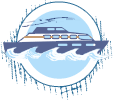
Dates & Prices
Prices From $5,995 / £4,874 per person
2025 guide prices, balcony stateroom
Based on 7 days / 6 nights
Shorter/longer cruises available
5 days/4 nights from USD 4,050
Christmas/New Year supplement applies
Upgrades available
Single supplements apply
Can’t find what you’re looking for? Get in Touch
+44 (0)131 378 5593
+44 (0)131 554 6025



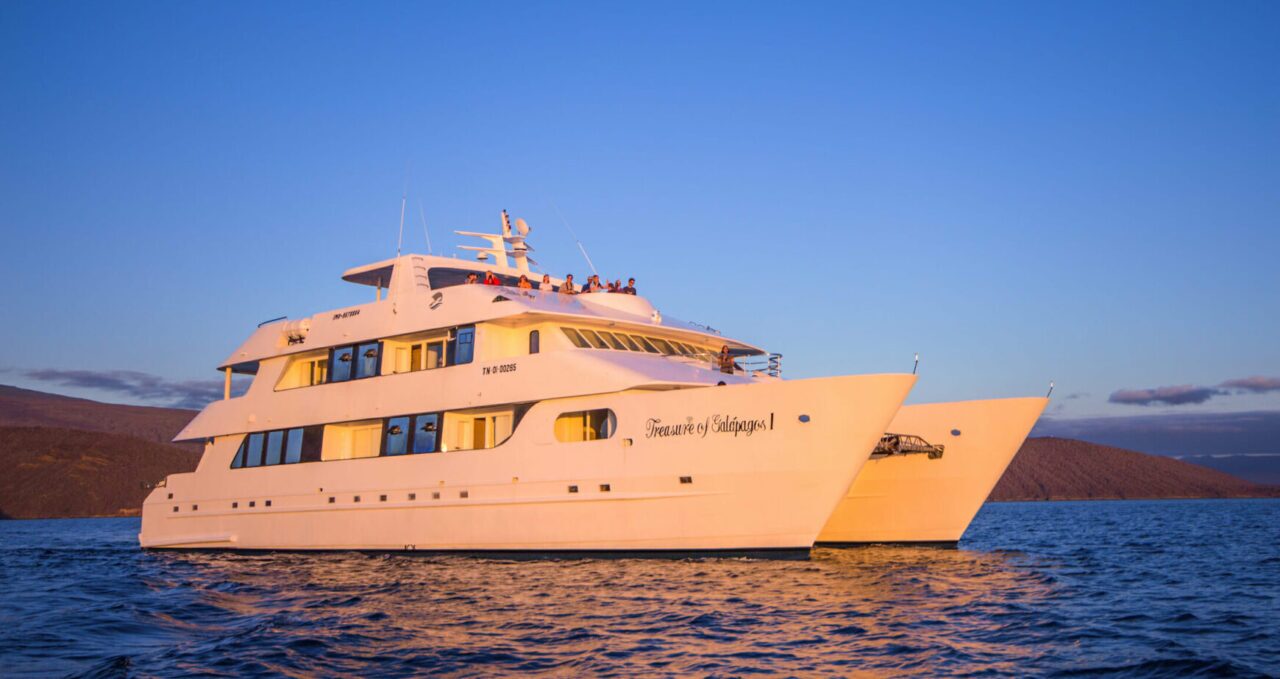
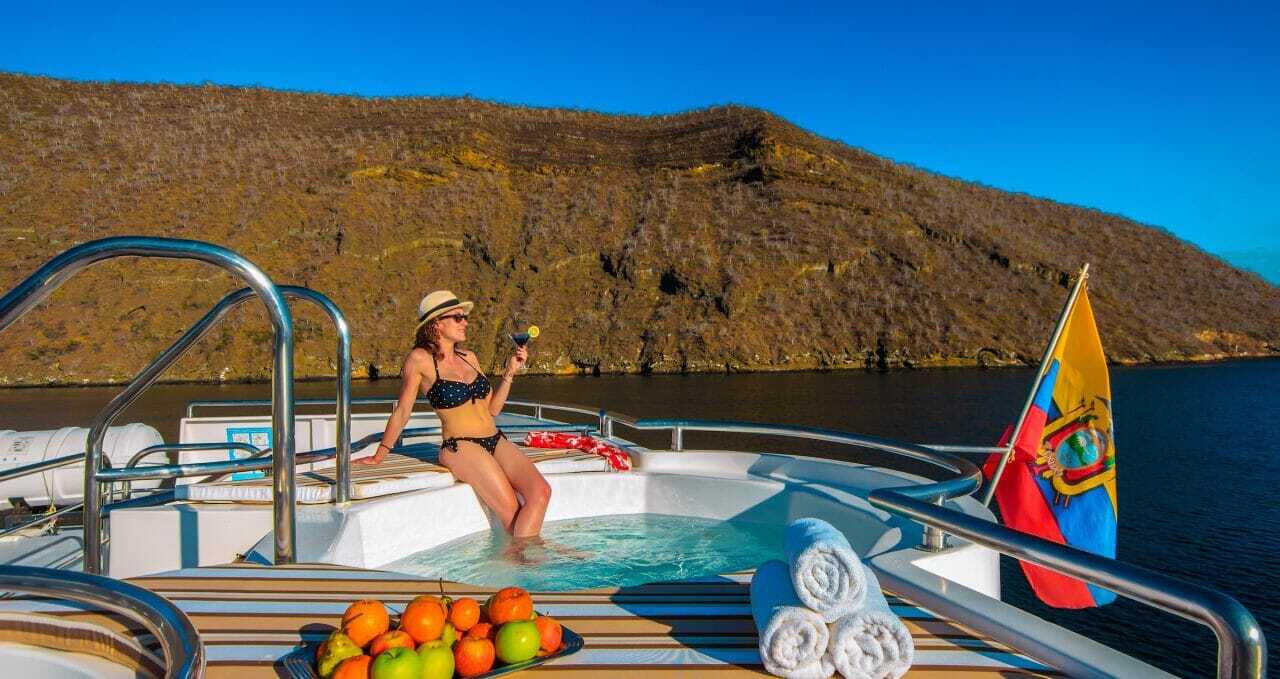
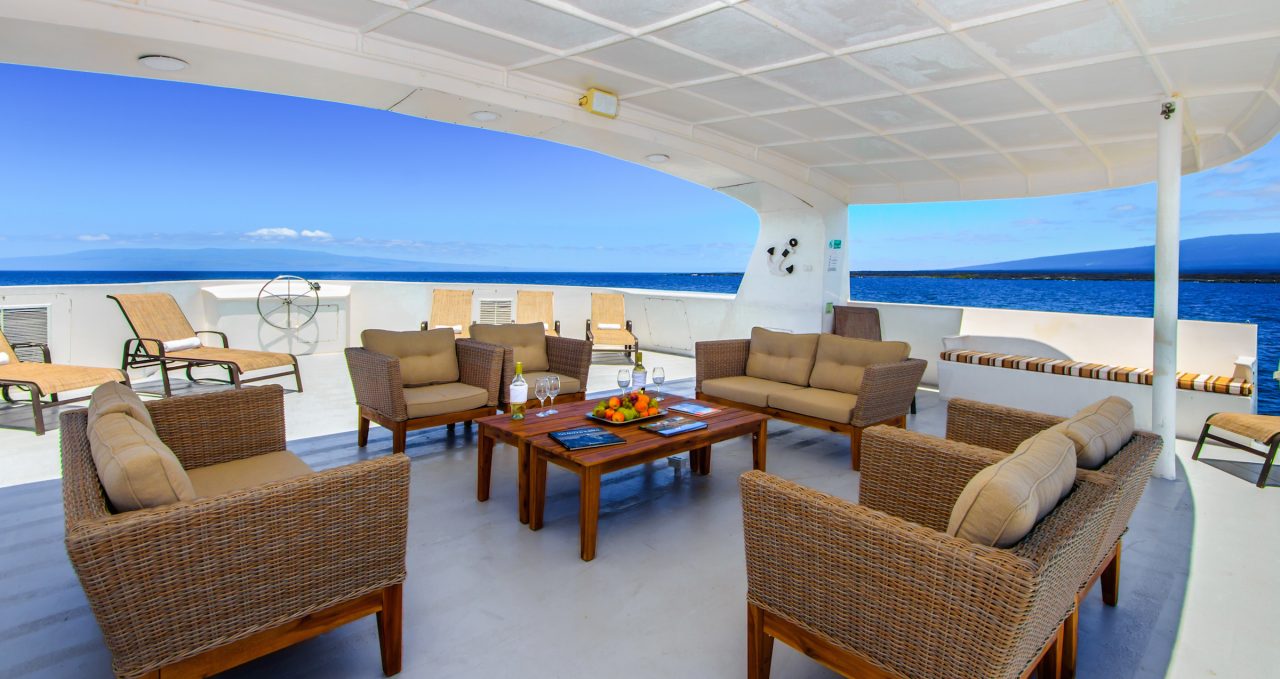
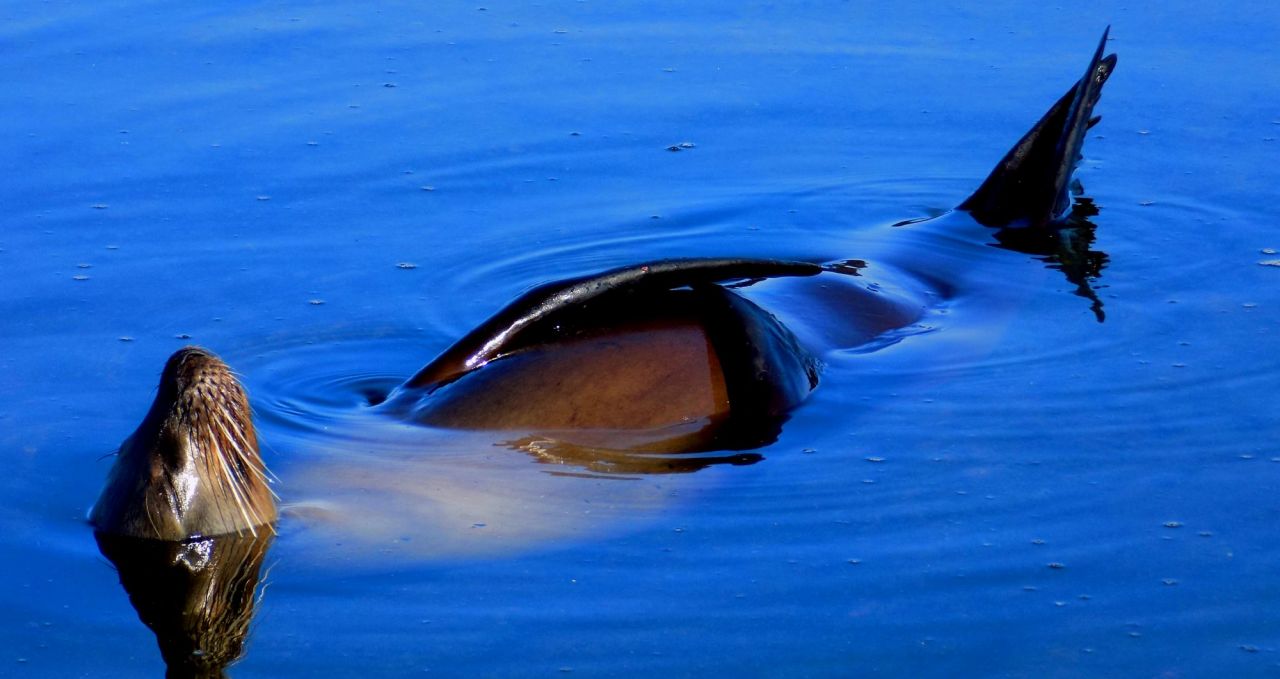
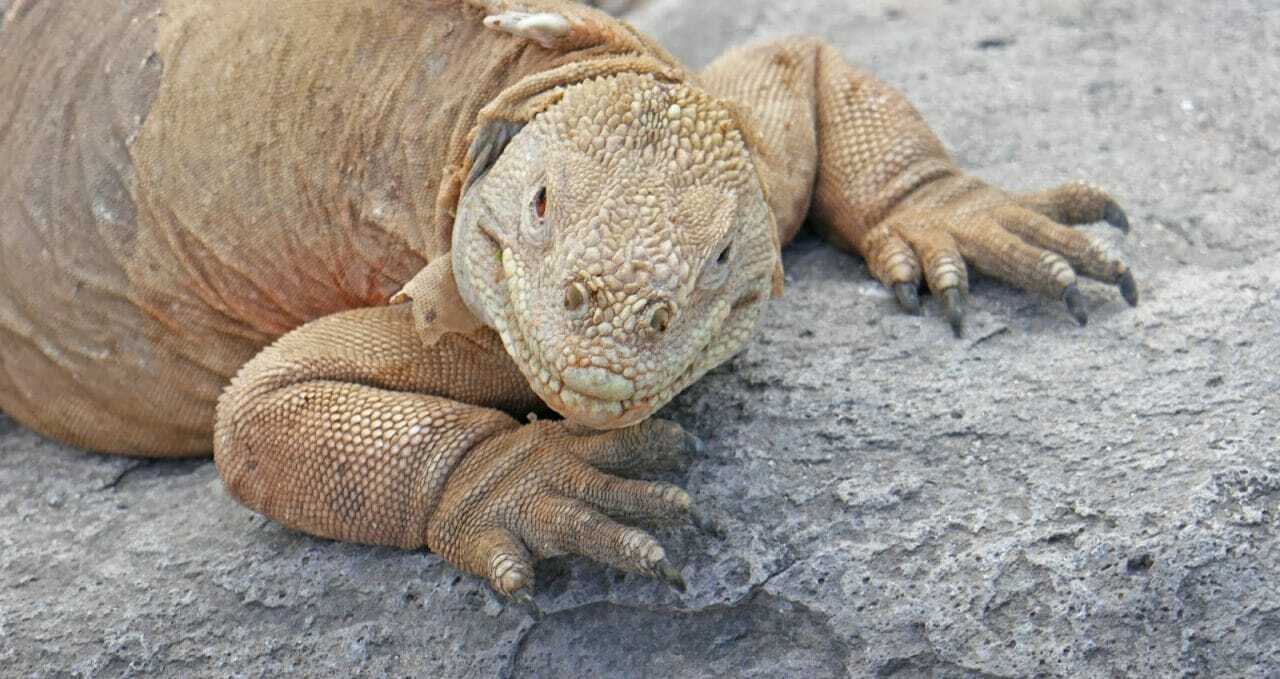
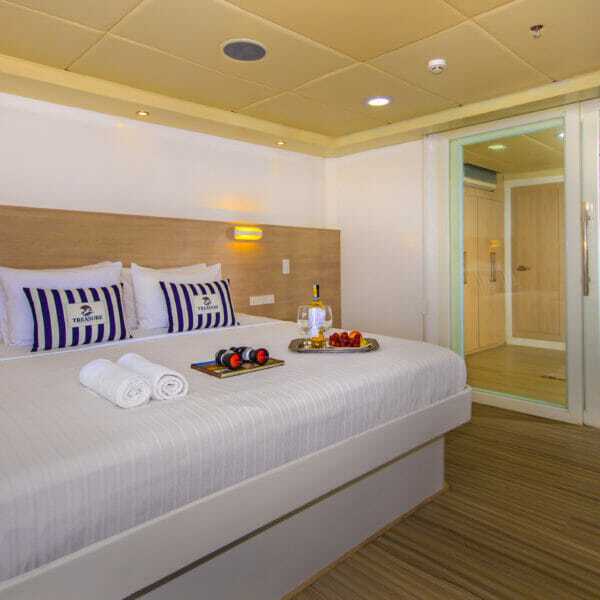
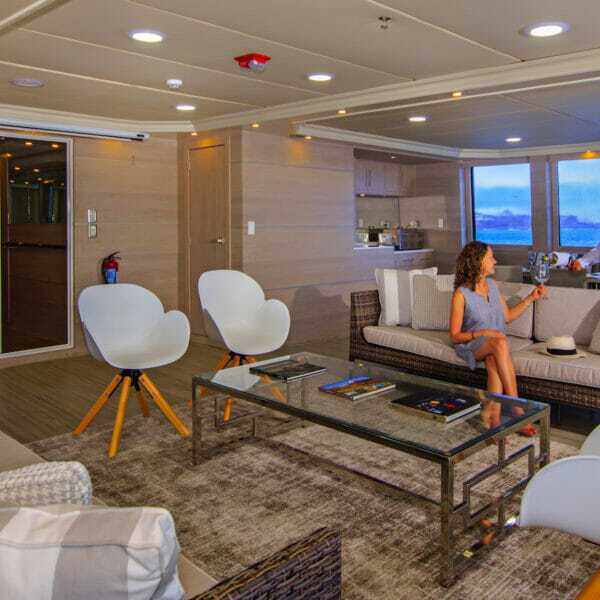
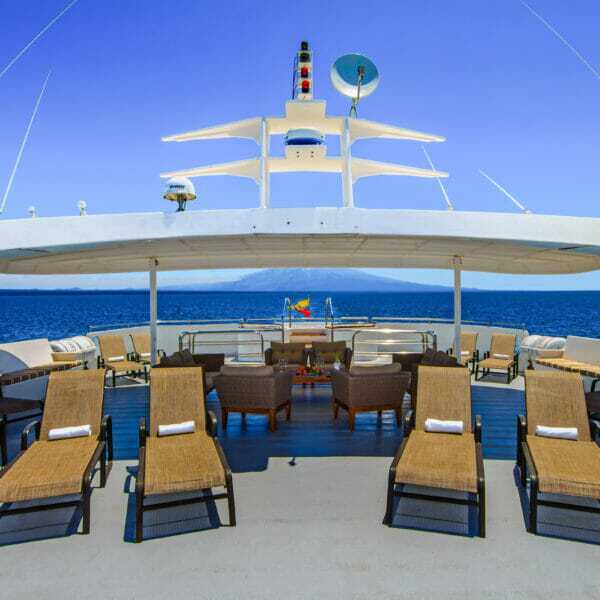
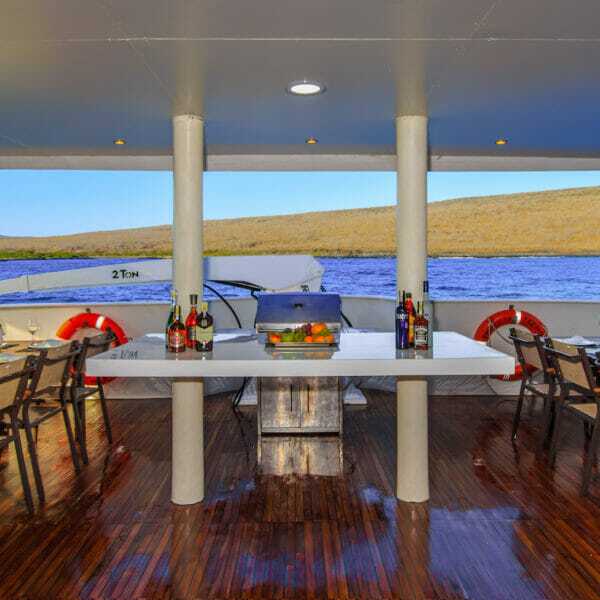
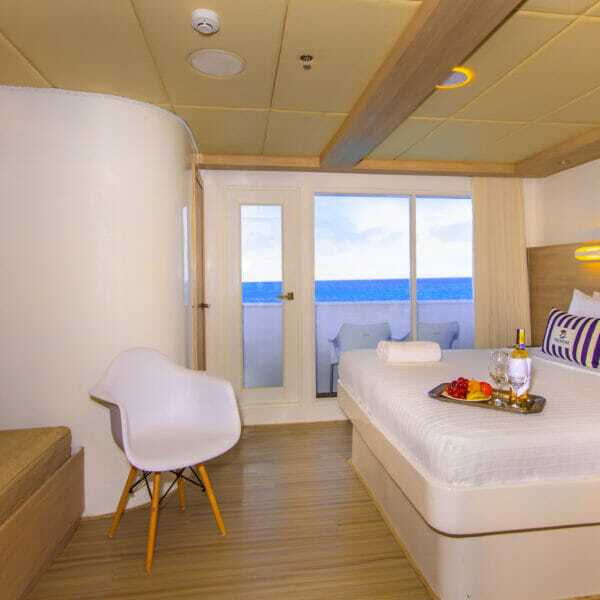
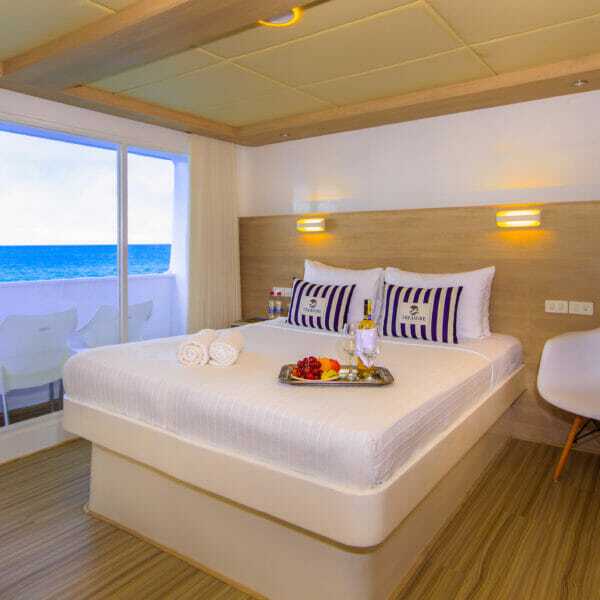
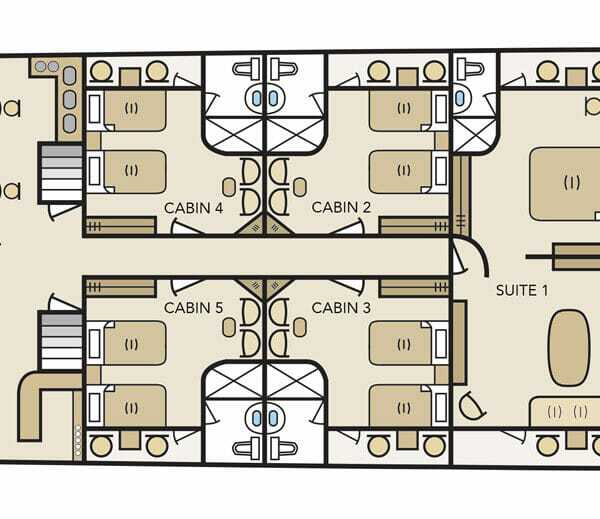
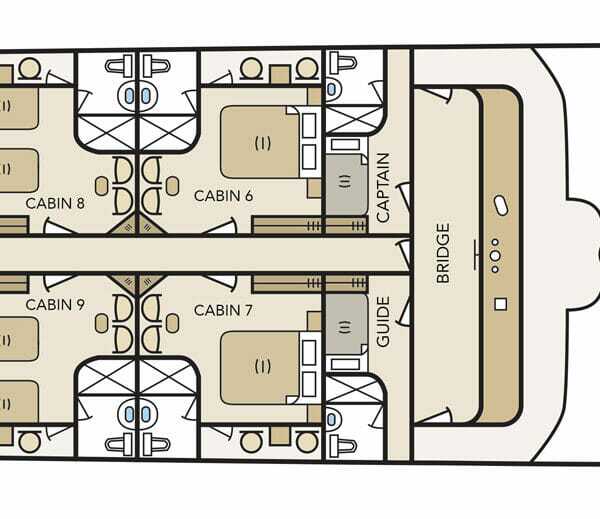
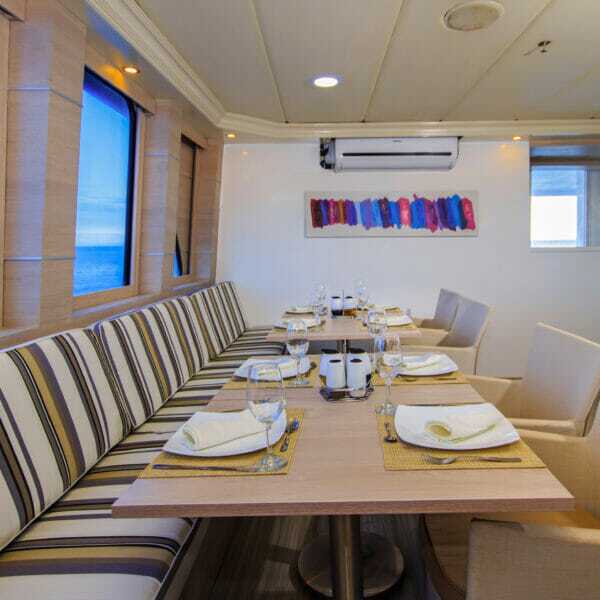
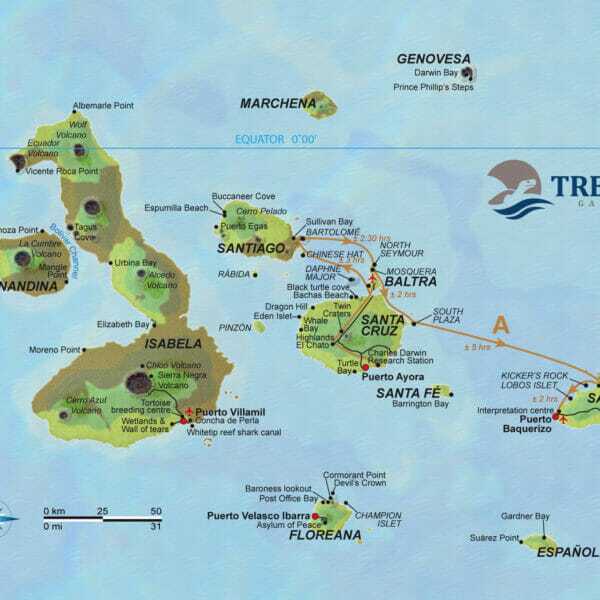
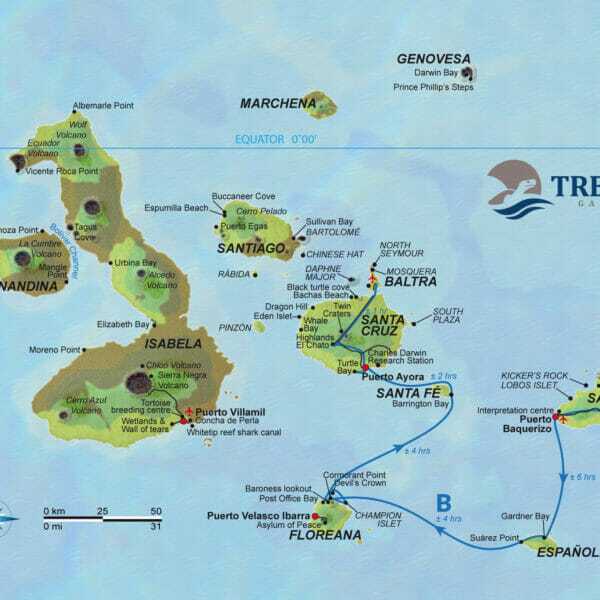
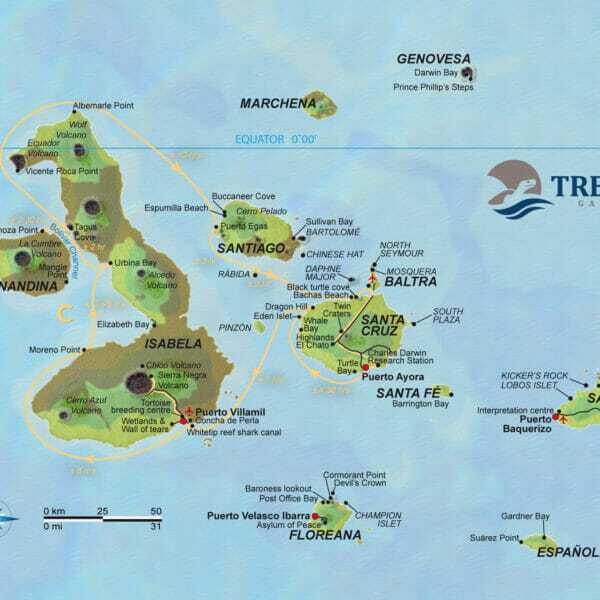
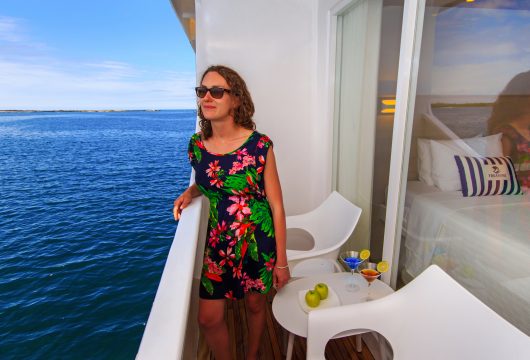
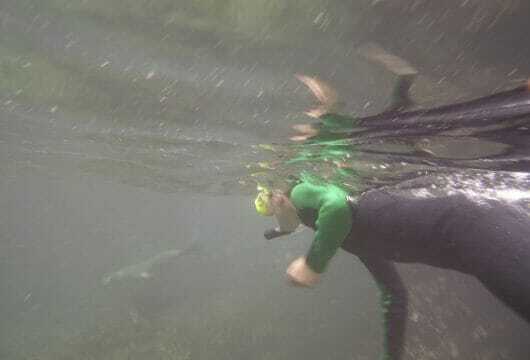
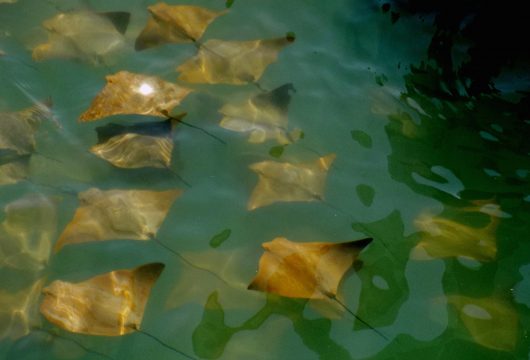
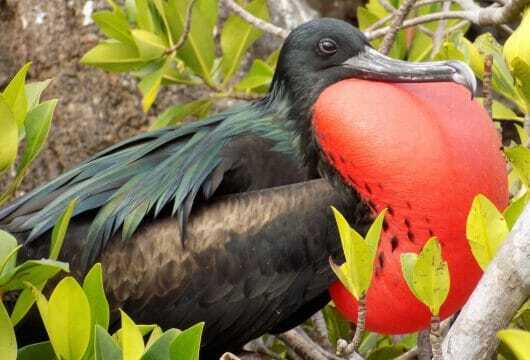
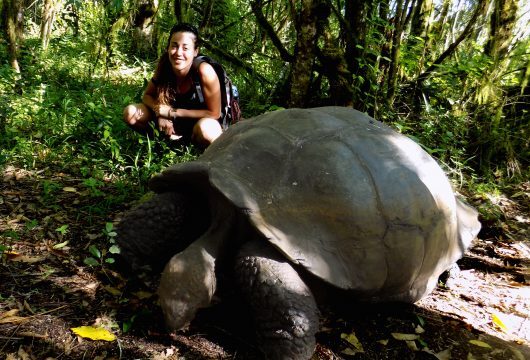
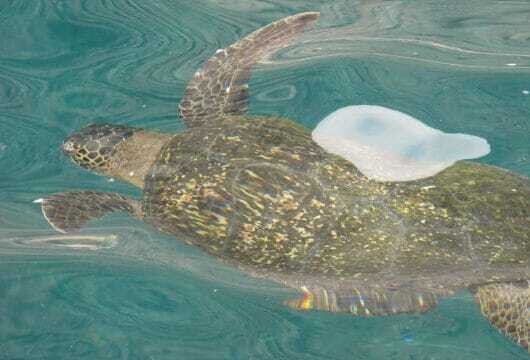
 a Group Tour
a Group Tour 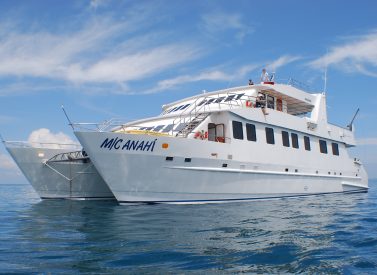
 a Tailor Made Tour
a Tailor Made Tour 